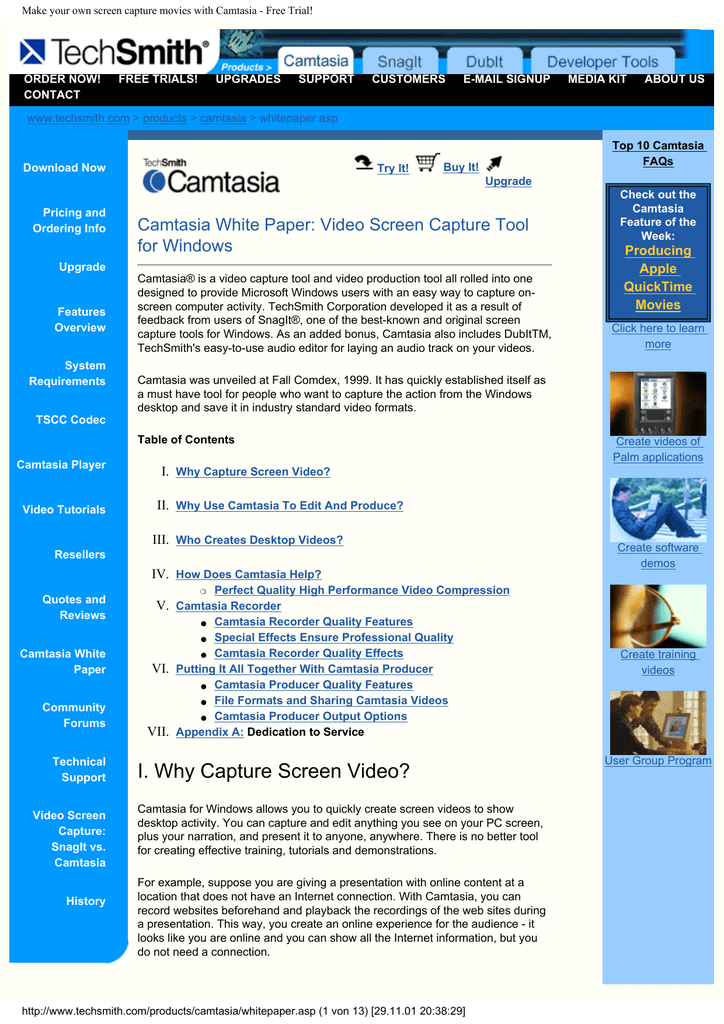Generic Configuration
Maven plugins (build and reporting) are configured by specifying a <configuration> element where the child elements of the <configuration> element are mapped to fields, or setters, inside your Mojo. (Remember that a plug-in consists of one or more Mojos where a Mojo maps to a goal.) Say, for example, you have a Mojo that performs a query against a particular URL, with a specified timeout and list of options. The Mojo might look like the following:

To configure the Mojo from your POM with the desired URL, timeout and options you might have something like the following:
On a Macbook Pro 2019, I was recently running Camtasia 2019 and have successfully utilized the System Audio record. Then, the plugin was, evidently, missing and the software required it, again. It failed repeatedly. Run the.exe installer while in desktop mode of your Venue system to install the plugin to the AAX Plug-Ins folder of the system drive, then return to Venue and install from that drive. Or - Extract the actual plugin by running the installer on any Windows system and place it into an AAX Plug-Ins folder on the root of the USB drive you use. Edit Audio Clips. In Camtasia, audio is edited on the timeline the same way you edit video clips. Click and drag to positions clips, select mistakes with the playhead, then cut them out, split clips, then click and drag to create space on the timeline, trim, un-trim, and even add effects.
The elements in the configuration match the names of the fields in the Mojo. The mapping is straight forward, the url element maps to the url field, the timeout element maps to the timeout field and the options element maps to the options field. The mapping mechanism can deal with arrays by inspecting the type of the field and determining if a suitable mapping is possible.
For Mojos that are intended to be executed directly from the CLI, their parameters usually provide a means to be configured via system properties instead of a <configuration> section in the POM. The plugin documentation for those parameters will list an expression that denotes the system properties for the configuration. In the Mojo above, the parameter url is associated with the expression ${query.url}, meaning its value can be specified by the system property query.url as shown below:
The name of the system property does not necessarily match the name of the mojo parameter. While this is a rather common practice, you will often notice plugins that employ some prefix for the system properties to avoid name clashes with other system properties. Though rarely, there are also plugin parameters that (e.g. for historical reasons) employ system properties which are completely unrelated to the parameter name. So be sure to have a close look at the plugin documentation.
Help Goal
Most Maven plugins have a help goal that prints a description of the plugin and its parameters and types. For instance, to see help for the javadoc goal, type:
And you will see all parameters for the javadoc:javadoc goal, similar to this page.
Configuring Parameters
Mapping Simple Objects
Mapping simple types, like Boolean or Integer, is very simple. The <configuration> element might look like the following:
Mapping Complex Objects
Mapping complex types is also fairly straight forward. Let's look at a simple example where we are trying to map a configuration for Person object. The <configuration/> element might look like the following:
The rules for mapping complex objects are as follows:

- There must be a private field that corresponds to name of the element being mapped. So in our case the
personelement must map to apersonfield in the mojo. - The object instantiated must be in the same package as the Mojo itself. So if your mojo is in
com.mycompany.mojo.querythen the mapping mechanism will look in that package for an object namedPerson. The mechanism capitalizes the first letter of the element name and uses that to search for the object to instantiate. - If you wish to have the object to be instantiated live in a different package or have a more complicated name, specify this using an
implementationattribute like the following:
Mapping Collections
The configuration mapping mechanism can easily deal with most collections so let's go through a few examples to show you how it's done:
Mapping Lists
Mapping lists works in much the same way as mapping to arrays where you a list of elements will be mapped to the List. So if you have a mojo like the following:
Where you have a field named animals then your configuration for the plug-in would look like the following:
Where each of the animals listed would be entries in the animals field. Unlike arrays, collections have no specific component type. In order to derive the type of a list item, the following strategy is used:
- If the XML element contains an
implementationhint attribute, that is used - If the XML tag contains a
., try that as a fully qualified class name - Try the XML tag (with capitalized first letter) as a class in the same package as the mojo/object being configured
- If the element has no children, assume its type is
String. Otherwise, the configuration will fail.
Mapping Maps
In the same way, you could define maps like the following:
Mapping Properties
Camtasia System Audio Plugin Install Failed Macbook
Properties should be defined like the following: